In the business world, finding and solving people’s pain points is a surefire way to find clients and grow your income. But to continue growing, establishing authority and credibility is crucial.
That’s what we’ll cover today: writing and publishing your own book with the intent of growing your credibility and business. Specifically, it addresses how pinpointing, properly talking about, and tackling your audience’s pain points in a book can significantly bolster your standing as a trusted authority.
Ready to become a published author and grow your business? Let’s see how a book can transform challenges into opportunities for you, your readers, and future customers.
What are pain points?
Pain points are specific problems, challenges, or areas of discomfort that your target audience experiences in their personal or professional journey. These hurdles or issues keep them from achieving their goals, be it growth, efficiency, innovation, or stability. And they can permeate any part of their life, be it relationships, money, business, spirituality, or something else.
Understanding these pain points is not just about recognizing the problems but also comprehending their impact on the person experiencing them – and how that may also impact their life and environment.
So, what are examples of pain points?
Let’s look at some that would be relevant if you wanted to publish a business book:
- Financial management challenges: Struggles with budgeting, cash flow management, or funding.
- Scaling difficulties: Obstacles in expanding the business operations or market reach.
- Innovation blockades: Difficulty in developing new products or adapting to market changes.
- Operational inefficiencies: Issues in streamlining processes or improving productivity.
- Customer acquisition and retention: Challenges in attracting and keeping customers.
- Workforce management: Problems in hiring, training, or retaining talented staff.
- Regulatory compliance: Struggles with adhering to industry regulations and standards.
- Branding: How to build a loyal audience and clear brand identity.
Understanding these pain points is not just about identifying what keeps your audience up at night. It’s about gaining a profound insight into their world.
When reading your book, you want them to think, “Wow, it’s like they’re in my head right now!“
This deep understanding allows you to tailor your message in your book, ensuring it resonates with the core challenges they face. By addressing these pain points directly – and ideally weaving in thoughtful and relevant personal stories – you’re offering solutions, demonstrating empathy, and establishing a connection.
This connection is key in positioning yourself as a reliable, knowledgeable authority who doesn’t just understand the theory but grasps the real-world challenges your readers face. And this will be the foundation of your relationship with your readers and future customers or clients – they’ll trust you because they feel like you know them.
How writing a business or self-help book establishes your authority
While any book can address and help readers solve pain points, if this is something you want to do, you are likely intending to write a nonfiction book. Most likely a self-help or business book that shares how you’ve overcome specific pain points and can help others do the same with your unique methodology.
That’s great. Because, in the world of business, becoming an author is about more than just sharing your story. It has the ability to transform someone’s life – and it’s also a strategic tool for your own influence and credibility.
Let’s just say it: writing and successfully publishing a book positions you as an expert.
First, there’s the simple fact that it’s something most people never do. But then there’s the reality that writing a book on relevant industry topics or pain points is a testament to your expertise and understanding of the field. It’s a tangible showcase of your knowledge and experience, lending you an air of authority that is hard to replicate through other mediums.
Once you begin to get and share positive book reviews and testimonials about your book and its content, your expertise is undeniable.
Being an author carries a unique psychological weight.
It sets you apart as someone who has mastered a subject and is confident and capable enough to teach it to others. This perception is invaluable in establishing trust and respect among your audience. A book is a powerful tool that can shift perceptions, making you more than just a business person.
It makes you a mentor in the eyes of your readers.
But building authority and trust through your book is a strategic process that involves more than just sharing knowledge.
Related: How to Write a Motivational Book: 7 Powerful Steps
Establishing trust with your audience
Before you publish your book and before readers read it, they may not know who you are.
It’s important to know how you plan to share your credibility – and it’s important to do so early on in the book.
A book that effectively addresses pain points does more than provide solutions from a doctor or industry expert, though. It also builds a relationship between you and your readers. This stems from your ability to not only understand their challenges but to empathize with their situation. It’s about showing that you’ve been there, you’ve faced these obstacles, and you’ve overcome them.
This shared experience, coupled with your professional background and the results you’ve gotten in the past, is what wins readers’ respect and trust.
Being authentic and vulnerable
If you aren’t ready to get real with your readers, it may not be time to write a book for your business.
While many business owners think that sharing their weaknesses or past mistakes might erode their credibility, it actually does the opposite.
Authenticity and vulnerability are powerful tools in authorship. Now, you don’t need to get as raw as someone might while writing a memoir (though you can!). But by sharing your own struggles and failures, you humanize yourself to your readers.
This authenticity creates a connection that goes beyond the typical author-reader relationship. It makes you relatable, approachable, and, most importantly, trustworthy. Vulnerability, in showing your own journey through pain points, not only endears you to your audience but also reinforces the effectiveness of your solutions.
Related: The 11 Best Books about Failure (and How to Overcome It)
Sharing your best tips
Positioning your book as a go-to resource in your field has long-term benefits for your personal brand and professional standing. It opens doors to speaking engagements, becoming a keynote speaker, consulting opportunities, and broader industry recognition. More importantly, it creates a legacy of knowledge and expertise that can influence and inspire future entrepreneurs and business leaders.
But in order to do all the above, you have to share something people haven’t heard before – or share something known in a new way.
For most of us, that means giving away our best insights. Once again, don’t hold back. Rather than use the information in your book and never look back, your readers will think, “If the information s/he gives away in the book is this good, I can’t imagine the value I’d get working with them on a larger scale!”
Addressing pain points in your book
If you’re reading this and planning to write a self-help or business book, there’s no question about your credibility or expertise. At this point, what you must learn is how to talk about, address, and help others successfully overcome those pain points with your book.
This is the part of your journey where you need to learn how to become a teacher. You also need to learn how to talk about your readers’ problems the way they talk about them.
Let’s get into it.
How to find the right pain points to address
If you’re already working and have clients or customers in your given field, you likely have a short list of pain points that you can help others overcome.
But before writing your rough draft, you should make sure you’ve done ample research to ensure nothing has been overlooked. The more expertise you have the more important this step is. As we get further along in our businesses or on our own journey, we tend to forget what it was just like starting out.
It’s time to remember what you didn’t know back then – that you do now.
Again, we’ll use the example of someone who wants to write a business book:
- Research your audience: Dive deep into understanding who your readers are, their industry, and their daily challenges.
- Engage in conversations: Talk to potential readers and conduct surveys or focus groups to get firsthand insights into their pain points.
- Analyze feedback: Look at existing feedback or common questions you’ve received in your current role for common themes that you could share in a one-to-many format.
- Leverage industry trends: Stay updated with the latest industry trends to identify emerging pain points. This is especially relevant for emerging technology, such as AI, social media, or new marketing tools that require a learning curve.
- Reflect on personal experience: Use your own experiences in business to identify relatable pain points and prepare to get vulnerable in order to share them authentically.
- List them in order: Organize your book to address these pain points logically. One problem or pain point often emerges after another has been overcome. You want to make sure you’re addressing them in the appropriate order in your book.
How to speak to your readers’ pain points
Lewis Howes, owner of The School of Greatness, a business and self-development podcast, was interviewing Rory Vaden of the Brand Builders Group when Vaden said, “People do business with people, not companies.”
Think about that for a moment. That’s the real reason every serious business owner should write a book.
Your book should be more than a collection of advice. It needs to resonate on a personal level with your readers. It needs to show who you are.
This means framing each chapter, personal story, and piece of advice in a way that speaks directly to the pain points you’ve identified and that feels authentic to you and how you work. It involves blending storytelling with practical advice, using real-world examples to illustrate your points. Your goal is to make each reader feel seen and understood, and then provide them the tools and knowledge to overcome their specific challenges.
Here are some tips for balancing practical advice and inspiring stories:
- Start with relatable stories: Open chapters with anecdotes or stories that your readers can relate to.
- Note common words: An important part of resonating with your audience is using the language and words they use. In all your research (done in the step above), make sure you are writing down the exact terms so that you can use them in your upcoming book.
- Present data and research: Back your advice with data, research, and case studies. This can be your own data, but it needs to support what you’re saying and highlight the importance and/or results you are talking about.
- Write the solution in the easiest way: Ensure that for each pain point identified, your book provides actionable and practical solutions. You can add a bit of flourish, personal stories, and analogies later. At first, you just need to have a clear way to articulate the action your readers must take.
- Offer actionable steps: Provide clear, actionable steps that readers can apply in their context. These could be at the end of the chapter in a clear, bullet point list (ideal) or sprinkled throughout. But readers must be able to take action – not just feel inspired to do so.
- Incorporate visual aids: Use diagrams, charts, or models to clarify complex points. Other business leaders, such as Alex Hormozi, have also created a complimentary website or app to support what’s being taught in the book and let readers apply what they are learning.
- End with motivation: Remember how we said they need to be inspired and be able to take action? Make sure each chapter has enough of that motivation!
Your book should aim to be a resource that readers return to time and again. This means addressing pain points in a way that’s not just relevant now, but will continue to be valuable in the future. Your insights should be timeless and your advice adaptable.
The 5 best business books for overcoming pain points
In exploring the journey of authorship, examining how others have successfully tackled pain points in their books can provide invaluable insights.
While this isn’t an exhaustive list of the best business books out there, these five authors have successfully pinpointed a specific pain point in their readers’ professional lives – and provided a clear path to overcoming them:
1. The Lean Startup by Eric Ries
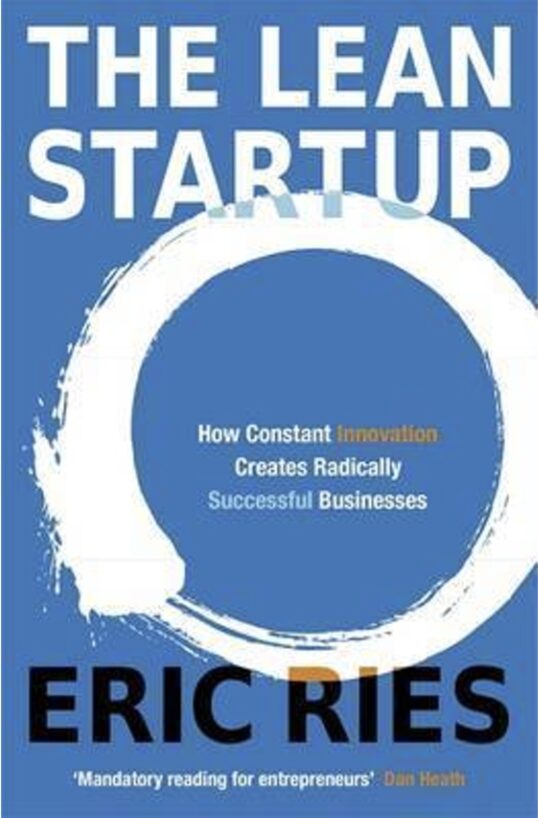
In The Lean Startup, Eric Ries revolutionizes the concept of startup management. The book focuses on the ‘Build-Measure-Learn’ feedback loop, emphasizing the importance of agility and rapid prototype testing to address the pain points of wasting time and resources in startups.
When writing your book, consider incorporating a similar feedback loop concept. Highlight the importance of adaptability in business, and how it can help your readers address and overcome their specific challenges efficiently.
2. Good to Great by Jim Collins
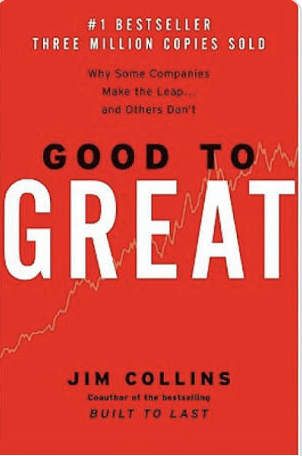
Jim Collins’ Good to Great explores what separates great companies from good ones. It delves into pain points like complacency and lack of vision, offering insights derived from rigorous research on how some companies make the leap to greatness.
Use Collins’ research-oriented approach in your writing. Provide readers with well-researched solutions to their pain points, backed by real-world examples of businesses that have successfully navigated similar challenges.
3. Who Moved My Cheese? by Spencer Johnson
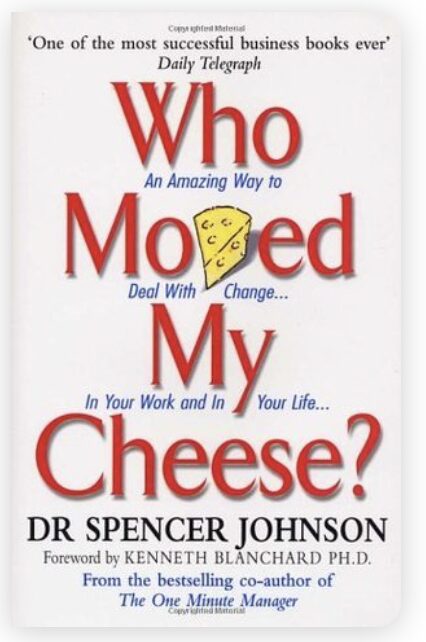
This book, through a simple parable involving mice in a maze, addresses the pain point of dealing with change in work and life. Spencer Johnson delivers profound truths about adaptability and the importance of staying alert to changes.
In your book, consider using parables or stories to illustrate key points. This approach can help simplify complex ideas about addressing pain points, making them more relatable and memorable for your readers.
4. Start with Why by Simon Sinek
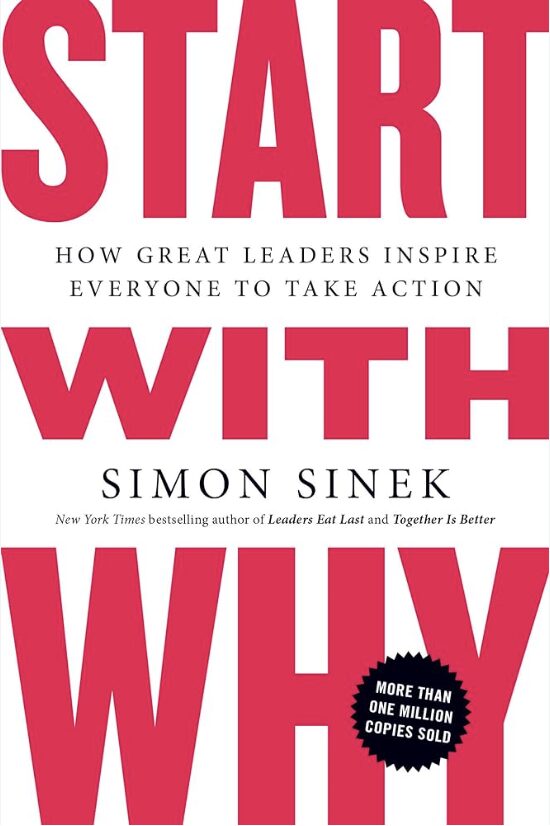
Simon Sinek’s Start with Why tackles the pain point of lack of direction and inspiration in leadership and business. The book emphasizes the importance of understanding the ‘why’ behind actions to inspire and lead effectively.
Draw from Sinek’s focus on the ‘why’. Encourage your readers to delve into the underlying reasons behind their pain points, helping them to understand and address these issues more profoundly.
5. Drive: The Surprising Truth About What Motivates Us by Daniel H. Pink
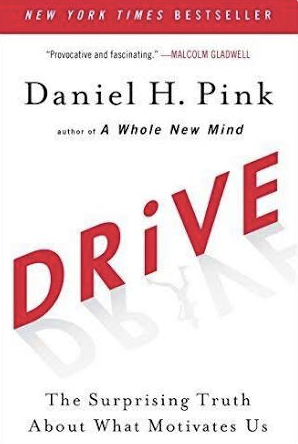
Daniel H. Pink’s Drive explores motivation in the workplace, challenging traditional notions about what drives employees. It addresses the pain point of engagement and motivation, offering insights into how intrinsic motivation surpasses extrinsic rewards.
Use Pink’s focus on intrinsic motivation as a guide. Help your readers understand how to harness internal motivations to overcome their pain points, emphasizing the role of personal fulfillment and passion in driving success.
Each of these books provides a unique perspective on addressing pain points in various business contexts. Drawing inspiration from these authors, you can enrich your own book with diverse, impactful, and actionable content tailored to your audience’s needs.
Are you ready to solve some pain points and grow your business?
This journey of authorship is not just about sharing what you know; it’s about making a meaningful impact in the lives of your readers by addressing their most pressing pain points.
Your unique perspective and insights have the power to transform challenges into opportunities, not just for you, but for all who read your work. Let this be your call to action: write the book that addresses the pain points you’ve conquered, share your knowledge, and watch as it establishes your authority and builds trust in your professional community.
If you aren’t super confident in your writing skills, you can use these writing websites as resources along the way.
Your voice matters. Let it be heard through the pages of your book.

